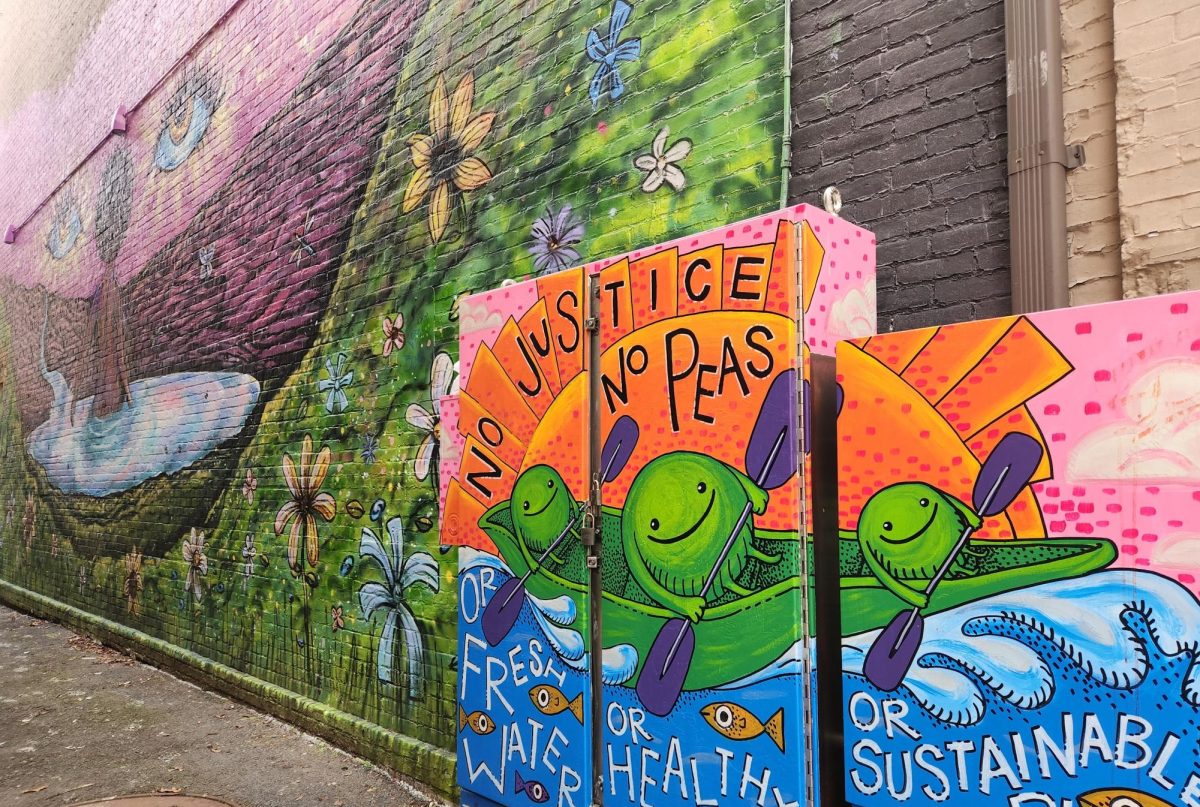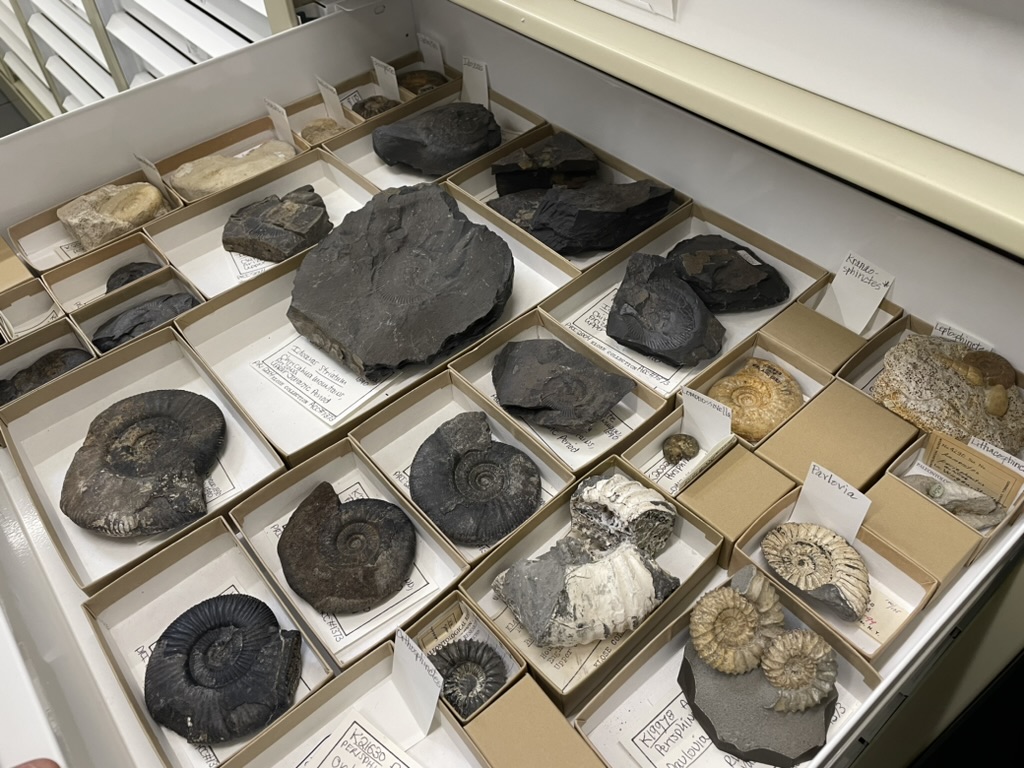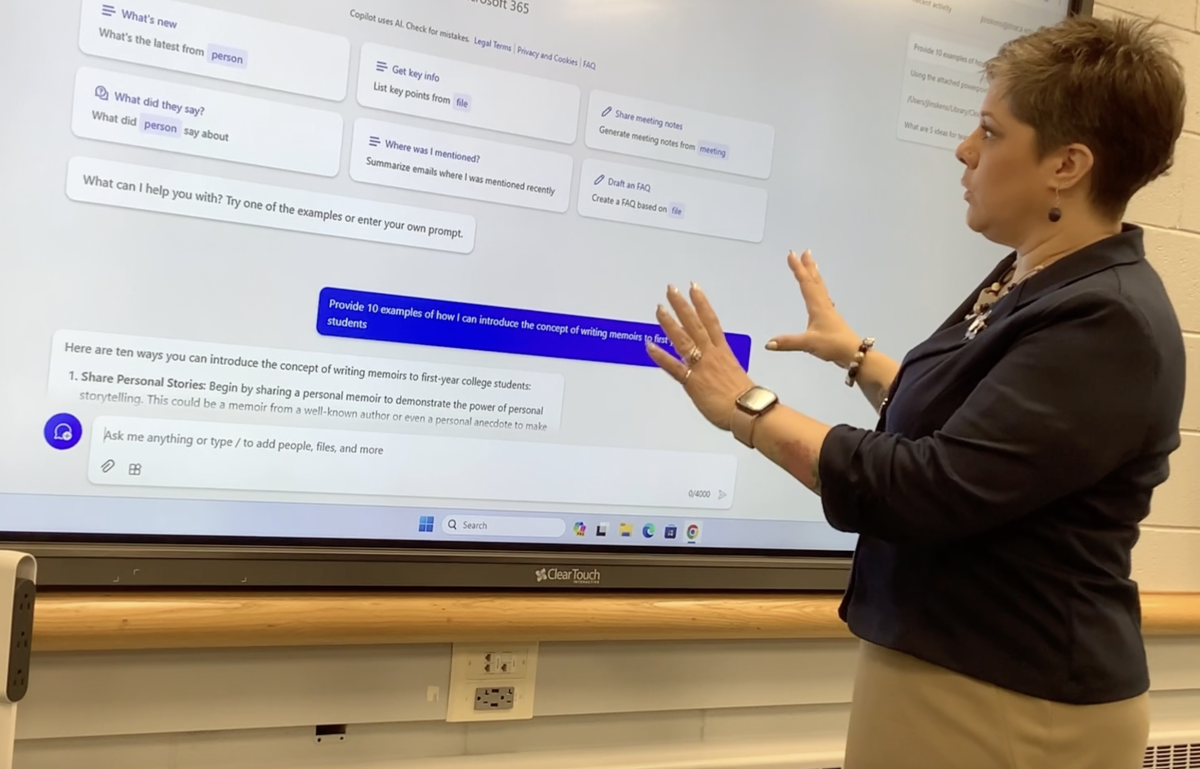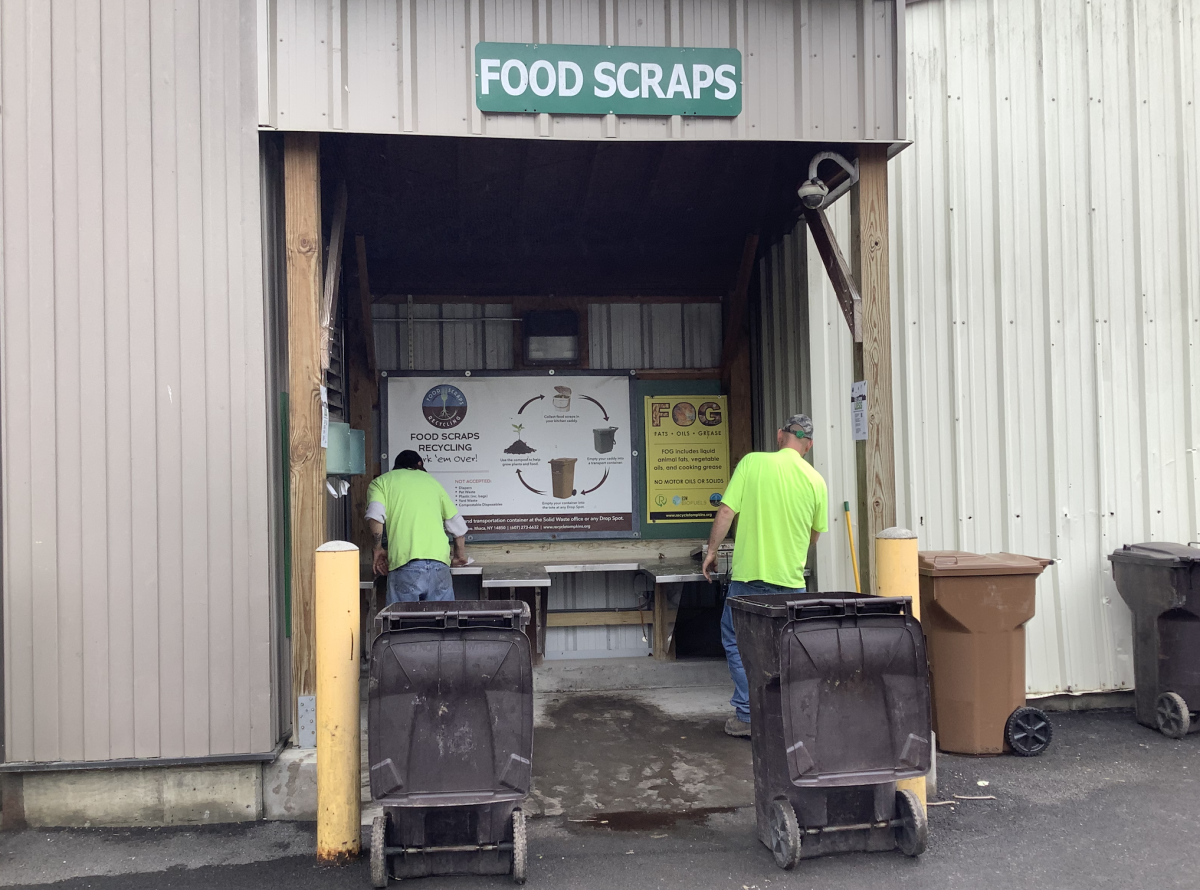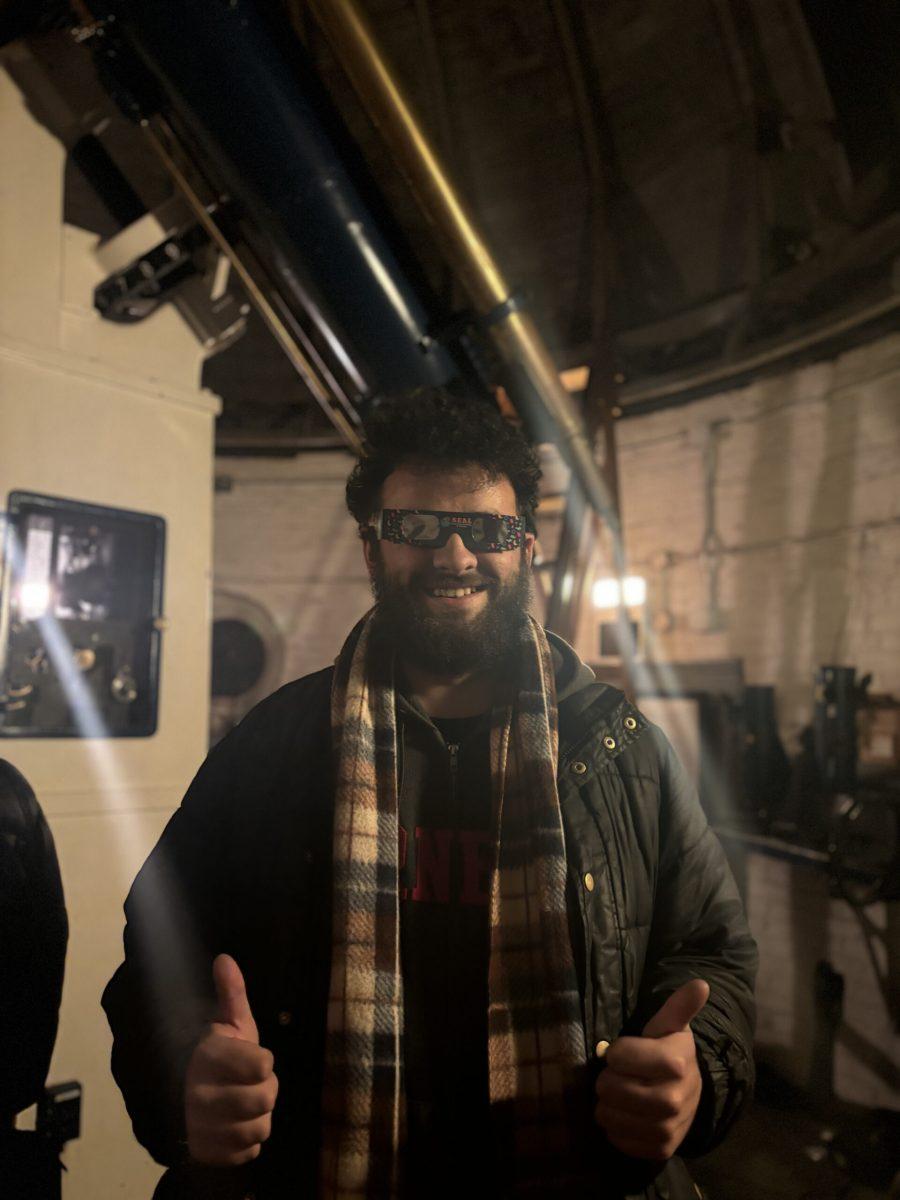
Hydrilla, an invasive aquatic plant that came from Europe and Asia for use in aquarium habitats and was released into waterways, has been infiltrating Cayuga’s waterways since 2011. Its long tendril-like stalks shoot out from the bottom of the lake and create thickets which effectively blot out the sun for other plants, killing them.
The Return
Hydrilla has reared its head in places like Lansing, Aurora, King’s Ferry and Ithaca. It also appeared in places it hadn’t been spotted before, Lambert said.
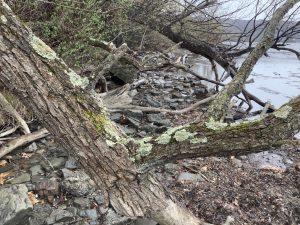
“If you’ve been to Florida and you look at the lakes there and the rivers, you see that they are full of greenery,” Lambert said. “That’s hydrilla. Hydrilla was introduced there in the 1950s and it has jammed up Florida’s waterways and creeks, so they have to mow lanes in it for the boats. It was in danger of happening [here] when it was discovered in 2011.”
Treatment
CLWN has been promoting efforts to report and remove hydrilla from the watershed since it was initially discovered in the area, executive director Hilary Lambert said.
There have been many attempts to treat the hydrilla through both physical and chemical means throughout the years, Lambert said. Among chemicals being used to treat the infestation are Komeen Crystal and Sonar H4C, two different aquatic herbicides that were applied in hot spots around the lake.

“We had been going on this model that says you have to treat for seven years, it’s a little like a chemotherapy model,” Lambert said. “For whatever reason, either we weren’t paying attention closely enough, or very likely, a boat travelled to the southern end of the lake with hydrilla on it and dropped it back where it had been eradicated.”
From June through August 2020, the Hydrilla Task Force and the United States Army Corps of Engineers treated a patch along the coast of Stewart Park in 10 doses.
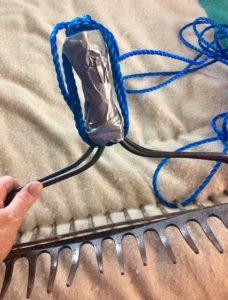
CLWN has asked community members to help out by making “lake rakes” to help with identification. The rakes trail boats or docks on the lake floor and can help pull away various plants including hydrilla. The network asks that if any hydrilla is found that people report the sighting on a form.
Fighting Back
The trouble with hydrilla is its resilience. A new colony of hydrilla can form from a single stem fragment, according to the New York Invasive Species Information Clearinghouse. Like a hydra, cutting off one head spawns two in its place.
“The hydrilla keeps coming back, it’s a whack-a-mole thing.” Lambert said. “You knock out two plants and then ‘peekaboo.’”
To help combat hydrilla, CLWN created hydrilla hunters, citizen scientists that patrol sections of Cayuga Lake looking for outbreaks of hydrilla. This is done in conjunction with the official Hydrilla Task Force, Lambert said.

Covid Impacts
The COVID-19 pandemic did not affect these patrols much as they typically work in small groups, Lambert said. However, CLWN program associate Jennifer Tufano said the pandemic impacted the events that the network normally uses to spread its message and membership.
Onwards and Upwards
Lambert said CLWN will continue attempts at removing hydrilla from Cayuga Lake through the rest of 2021. The Cayuga Lake Watershed is currently the only lake with an infestation of hydrilla and Lambert said she sees CLWN as the guardians of the rest of the Finger Lakes.
“Nobody wants to let it take over and Cayuga lake is the only lake it’s in,” Lambert said. “So we ended up being responsible for trying to keep it from other lakes. We’re kind of stuck with this mission.”





